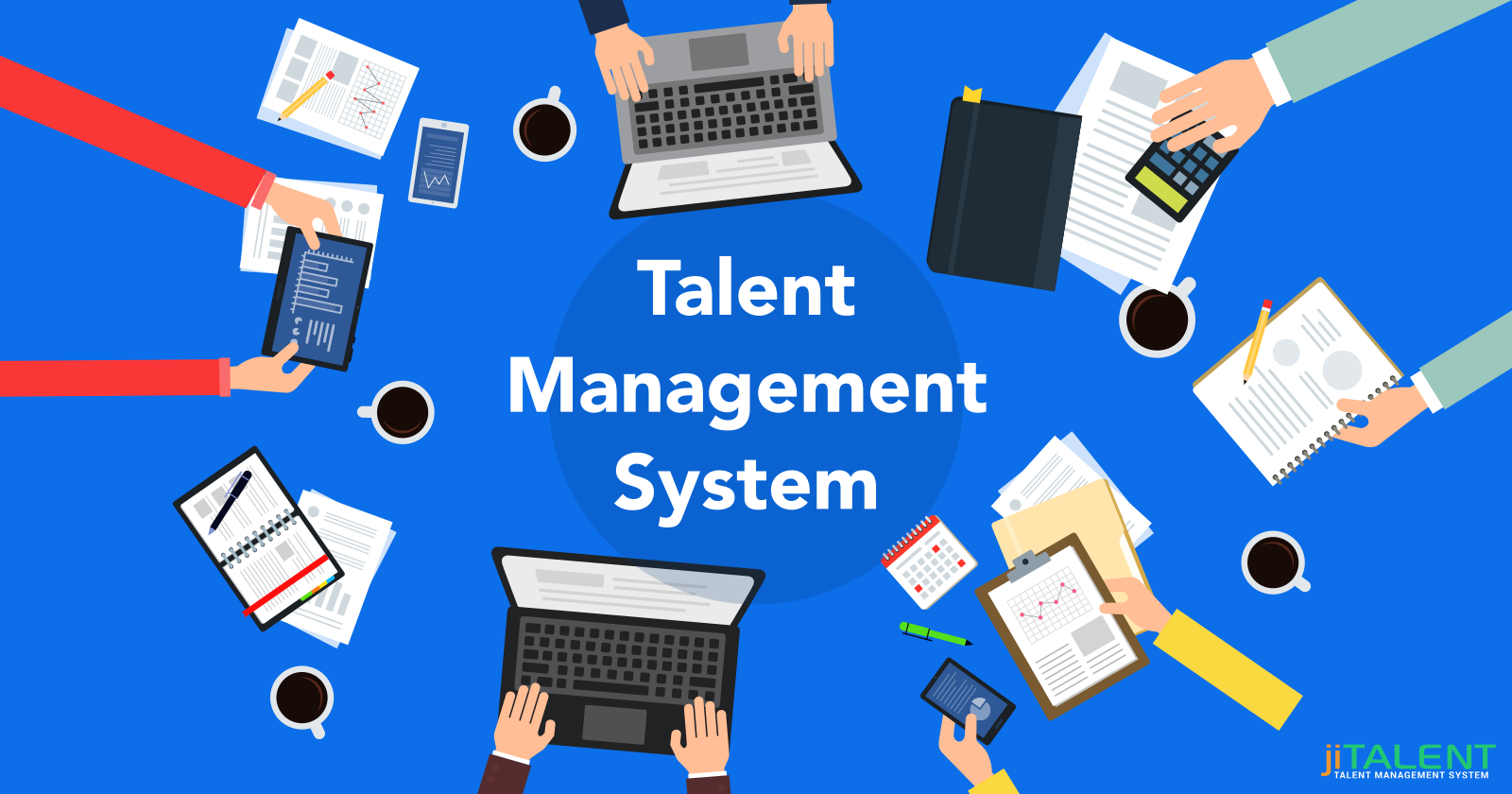HR experts today utilize an assortment of means for recruitment. Some use social media, others promotion, and, overall the industries and organizations, the value automated recruitment software is being recognized. Research tells us 75% of HR professionals have implemented recruitment software, and 94% say that software has improved their hiring process. HR automation software can streamline most HR functions, including recruitment.
It gives a seamless end to end management of open positions and candidate selection and keeps everything in one system where information is easy to investigate and report on. Once you have settled on the choice to implement HR automation software, the next challenge is how to get your employees to use it. Below are a couple of tips for engagement.
-
Integrate Talent Management System: The first step towards a better talent management begins with integrating employee engagement throughout the talent lifecycle. At present, 66% of employees feel they do not have strong opportunities for professional growth at their company and will leave an organization if the company does not give means for professional development. To counter this, engage the team through development at each stage of their professional careers.
-
Create the Culture: Sustaining new and proactive talent management thrives on a change in culture. Perhaps an underlying issue is that 64% of employees do not feel they work for an organization with a strong company culture. It is hard to completely become tied up with the organization and be totally occupied with the work if you do not comprehend the organization culture or where you fit into that riddle.
-
Provide Training: Ensure you set aside the time to completely train your staff on the new system. They will need to be comfortable with the software before they start fully engaging with it. A couple of sessions of training toward the beginning of implementation, and a few more a while later can go far in encouraging engagement.
-
Make Engagement a Competition: Keep things fun and carefree by having a competition between teams or departments. Offer incentives to those groups and people who do engage. Match the timing of both deadlines and milestones. Reward the most important milestone accomplishments with the most popular incentives.
-
Communicate: Tell your staff what is going on at all times and why. Communicate the benefits to them and to the overall organization. Set clear goals and give timelines for completion of those goals.
Talent management is as of now a pressure point for many organizations. With enormous information ending up such a major part of the workforce and how we manage employees, utilizing that data to its highest potential is as yet a major task. The investment in data-based analytics has developed, and the urge to comprehend information is clear. You can integrate your talent management system to use this data to help build up their team and cultivate a culture of development throughout the office.
Through all phases of the talent lifecycle, a balanced and information implanted talent management system can build engagement and facilitate the pressure of juggling each developmental point for employees and the organizational leadership. A sound work environment culture of engagement drives the idea of investment in employees and their managers throughout the company. Implementing new software is always a challenging task with a genuinely better than average expectation to absorb information, yet by actioning these tips, you can make the progress a smooth one for everybody in your organization.










Share this post on: